Through the 1980's, 1990's, and into the early 2000's, efforts to conserve threatened and endangered (special status) species on western rangelands often meant removing livestock ranching. Research findings, demonstration results, and failed conservation efforts in recent years involving endangered species have supported the continuation of livestock ranching and the reintroduction of grazing to some rangelands that were “protected” through grazing removal. At the landscape level, research has demonstrated that livestock ranching maintains extensive, open spaces by reducing land use conversion, fragmentation of habitat, and vegetation type conversion from invasion of brush.
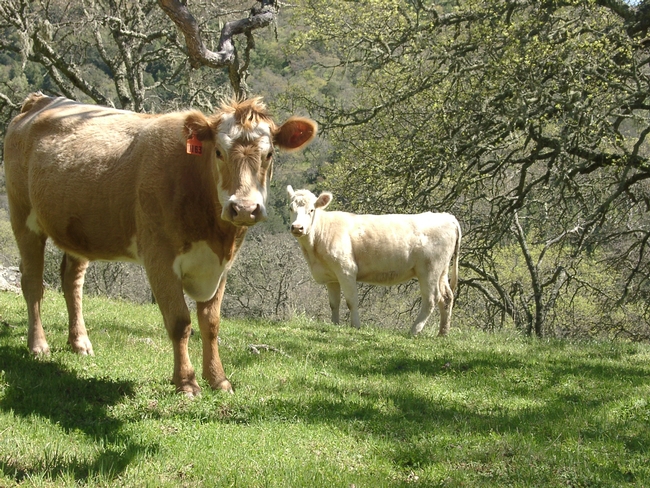
| See Photos Below |
The relationship of grazing to some threatened and endangered species was reviewed in the U.C. Extension Report co-authored with Marin County, The Changing Role of Agriculture at the Point Reyes National Seashore. The report addresses Myrtle's silverspot butterfly (3) which inhabits coastal dunes, prairie, and scrub. Habitat suitability depends on numerous factors, but two critical components are the presence of its larval host plant, the native dog violet (Viola adunca) (4), and adult nectar plants including numerous native wildflowers, as well as common weeds such as bull thistle (Cirsium vulgare) (5) and Italian thistle (Carduus pycnocephalus) (6). Most of the Myrtle's silverspot butterflies documented at Point Reyes National Seashore (PRNS) have been found in areas that are grazed by cattle. Butterfly surveys done by PRNS staff in 2003 showed occurrences of Myrtle's silverspot on 13 ranches, all of which support livestock operations (Adams 2004). Recent research on Myrtle's silverspot (Adams 2004; USNPS 2007) documents that Myrtle's silverspot and cattle have co-existed for over a hundred years and that the density of the nectar sources was higher in grazed areas. Biologists studying the Myrtle's silverspot at coastal lands recorded more butterflies in grazed dunes and grasslands than in ungrazed plant communities. At time of the species' listing, the USFWS believed that cattle grazing significantly decreased the habitat quality of the Myrtle's silverspot butterfly. However, a five-year status review by USFWS found that the moderate cattle grazing regime currently used by ranchers on coastal lands did not significantly affect the distribution of Myrtle's silverspot butterfly at that site. Current threats to the Myrtle's silverspot butterfly include: urban or industrial development of any property with suitable habitat for the butterfly; poaching; small population size; the effects of reduced host and nectar plant density due to invasive plants and forbs; road mortalities during the adult flight season; and, the probable constriction of the range and distribution of this butterfly due to global climate change.

Rancher stewardship includes development and maintenance of livestock water sources, pest management, debris clean-up, and forage improvement. Ponds developed for livestock water provide half of the available habitat for the endangered tiger salamander (Ambystoma californiense) (9) in the San Francisco Bay Area. These results focus on California's annual rangeland, which is the habitat type where most of the special status species associated western rangelands are found.
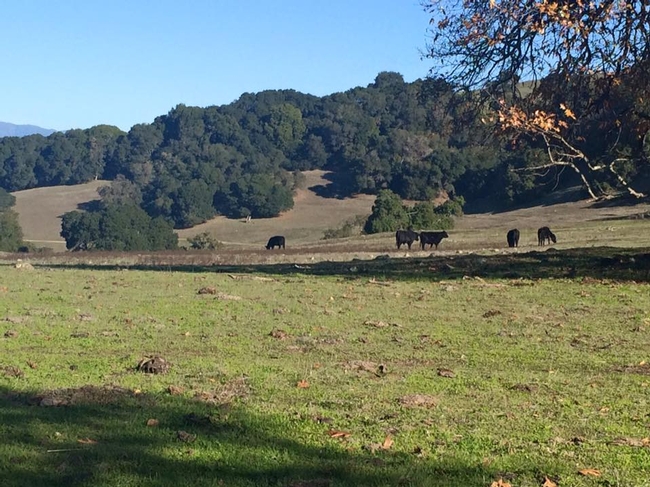
Grazing lands provide a direct link between urban consumers and local food producers, a powerful conduit for educating the public about the importance of local food production and security. Sonoma and Marin Counties are perfect models for demonstrating how preserving family farms contribute to social, economic and ecological sustainability at local, regional and even national levels. Ranching has positive health impacts including increased food access and food security, food to local business and schools, improved health literacy and general well-being. Ranching in Sonoma and Marin Counties, albeit smaller scale, remains a local industry which provides job creation, training and business succession, and market expansion for many other ranchers and farmers.
References on file.
Attached Images:
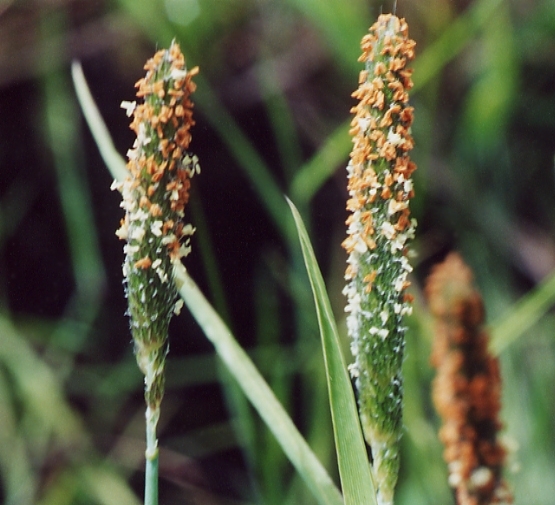
1 Sonoma Alopecurus (Alopecurus aequalis var. sonomensis), UC Berkeley
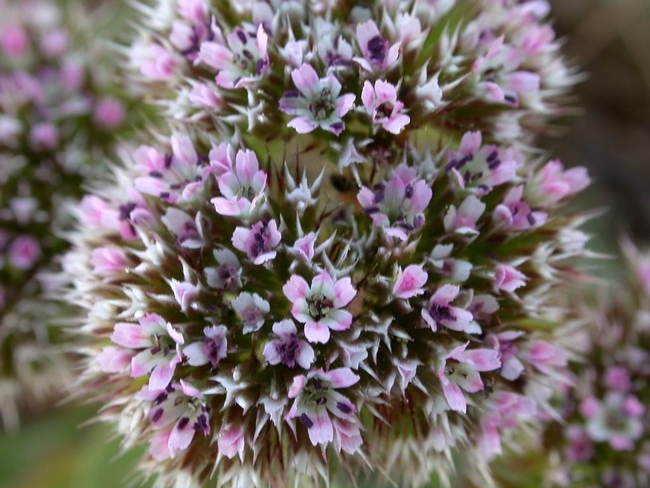
2 Sonoma Spineflower (Chorizanthe valida), UC Berkeley

3 Myrtles silverspot butterfy, David Kelly, USFWS

4 Dog violet (Viola adunca), SSU
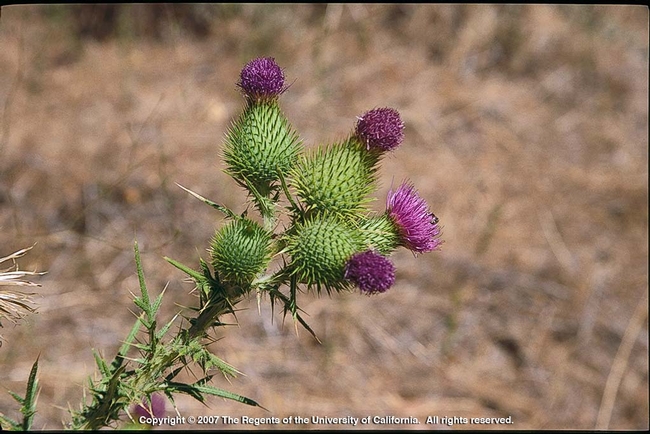
5 Bull thistle (Cirsium vulgare), UC Davis

6 Italian Thistle (Carduus pycnocephalus), UC Irvine
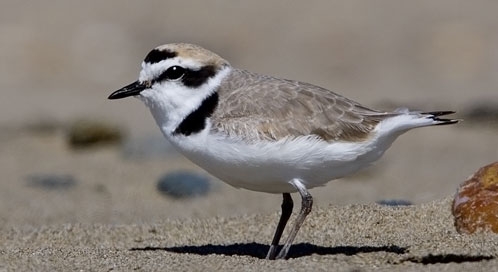
7 Western Snowy Plover, Michael L Baird, Defenders of Wildlife
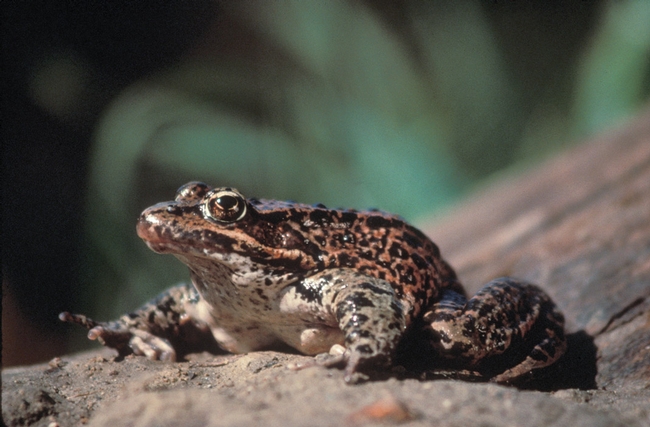
8 California red-legged frog, UC Davis

9 Tiger Salamander (Ambystoma californiense), CaliforniaHerps.com
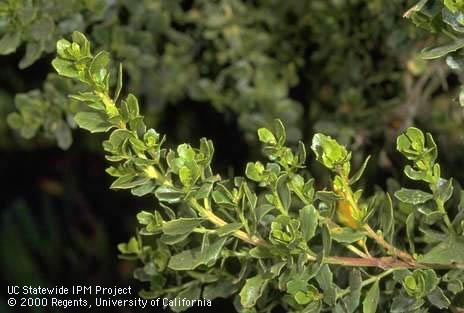
10 Invasive coyote brush, UC Davis
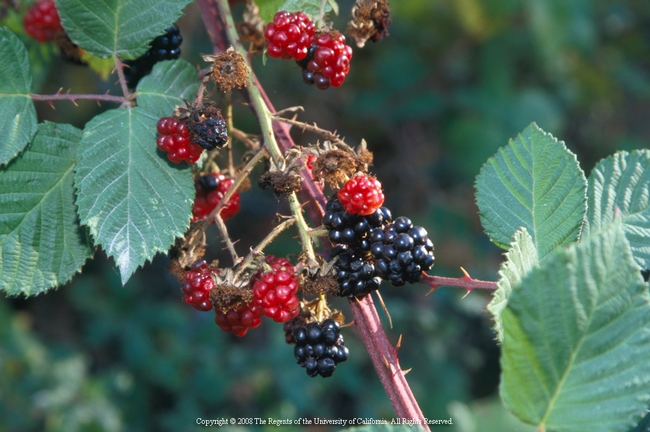
11 Invasive Himalayan blackberry, UC Davis